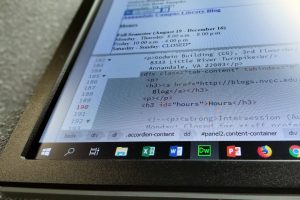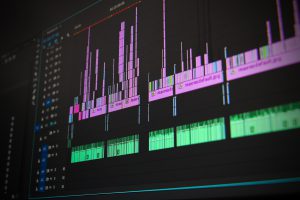Did you know that many of the audio, video, and photo editing programs offered in the Digital Media Studio have an open source alternative? The term “open source” refers to software and source code that can be adapted and distributed online for free (although funding and coding contributions to the project are usually welcome). OpenOffice is an example of open source software that’s comparable to Microsoft Office.
If you want to learn a new skill, brush up on some dormant ones, or need an alternative to some of the more well-known photo, video, and audio editing programs, explore the software linked below. Most of these programs are available for Windows, Mac OS, and Linux (except where noted) and a few of them are browser-based which means that you don’t have to download any additional software. Best of all, these open-source programs offer many of the same features present in proprietary software such as Adobe Photoshop and Final Cut Pro.
Have you come across any other open source video, photo, and audio editing programs? Let us know in the comments!
Create and edit videos
Edit photos and images
Record and edit audio
- Ardour
- Audacity
- Audio Tool (Chrome only)
- Ocenaudio
- WavePad (Non-commercial version available for Windows)
- Soundation (Chrome only)
Create and edit animations
- Blender
- Synfig Studio
- OpenToonz (Windows and Mac OS only)
Note: The websites below offer free and paid features and are not considered to be open source. Although they are free to use, many of the advanced features require a monthly or annual subscription.






